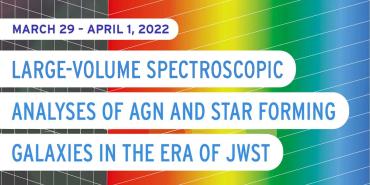JWST Mission Operations: Bring Your Child to Work Day
JWST Mission Operations recently celebrated a very special “Bring Your Child to Work Day” designed to captivate young minds and provide a glimpse into the inner workings of mission operations. From origami and IR camera photos to stomp rockets, each activity was meticulously curated to ignite curiosity and foster exploration.














